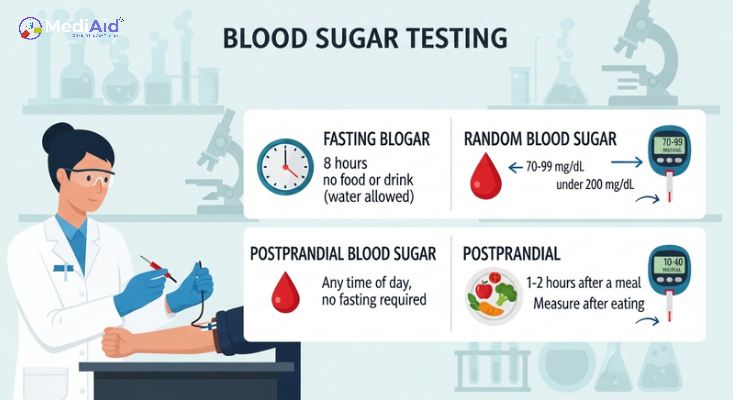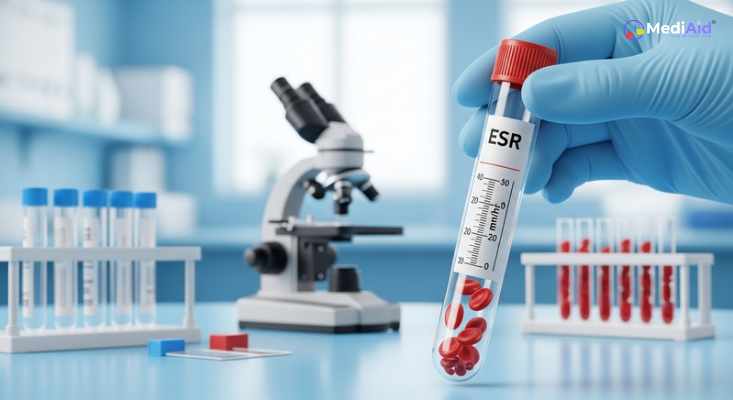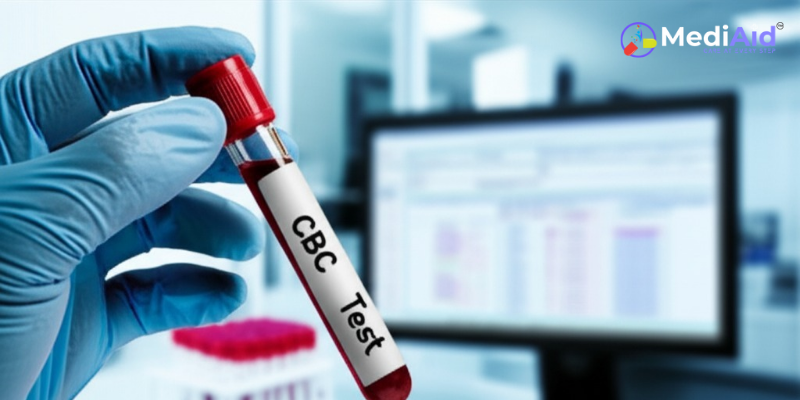The HbA1c test measures your average blood sugar level over the past 2–3 months. It checks the percentage of hemoglobin in your blood that has sugar attached (glycated hemoglobin). Unlike daily blood sugar tests, HbA1c gives a long-term view of glucose control.
Purpose of the HbA1c Test
- Diagnose diabetes and prediabetes
- Monitor blood sugar control in people with diabetes
- Assess risk of diabetes-related complications
How the Test Works
When sugar enters your blood, it binds to hemoglobin inside red blood cells. Since red blood cells live for about 3 months, the HbA1c test reflects your average blood sugar level during that period.
Normal & Abnormal Results
- Normal: Below 5.7%
- Prediabetes: 5.7% – 6.4%
- Diabetes: 6.5% or higher
- Diabetes management target: Usually below 7% (varies per patient)
Benefits of HbA1c Test
- No fasting required
- Simple and quick blood draw
- Shows long-term trends, not just daily fluctuations
When Doctors Recommend HbA1c
- First-time diabetes screening
- Routine follow-up for people with diabetes (every 3–6 months)
- Checking effectiveness of treatment or lifestyle changes
What Patients Should Know
- A small blood sample is taken from a vein or finger prick
- Certain health conditions (like anemia, kidney disease, or recent blood loss) can affect results
- Always review results with your doctor for accurate interpretation
 test.png)


